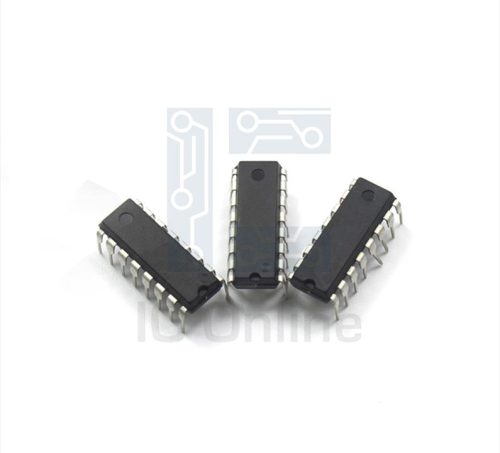2N3019P-Transistor-PIND Overview
The 2N3019P-Transistor-PIND is a high-performance transistor designed for photodetector and optoelectronic applications. Its robust construction ensures reliable operation in industrial environments, making it suitable for precise signal amplification and switching tasks. This device exhibits stable electrical characteristics and a well-defined gain, critical for enhancing sensitivity in photo-induced noise detection circuits. The transistor??s compact package allows easy integration into larger systems, supporting efficient thermal management. Engineers and sourcing specialists can rely on this component for consistent performance in demanding semiconductor and sensor interface applications. For detailed sourcing and technical support, visit IC 製造商.
2N3019P-Transistor-PIND Key Features
- 高電流增益 (hFE): Provides strong amplification, improving signal clarity in photodetection circuits.
- 低雜訊數字: Ensures accurate detection by minimizing unwanted electrical noise interference.
- Wide voltage rating: Supports stable operation over varied supply voltages, enhancing design flexibility.
- Thermally stable package: Maintains performance integrity under thermal stress common in industrial conditions.
2N3019P-Transistor-PIND Technical Specifications
| 參數 | 規格 | 單位 |
|---|---|---|
| Collector-Emitter Voltage (VCEO) | 30 | V |
| Collector-Base Voltage (VCBO) | 50 | V |
| Emitter-Base Voltage (VEBO) | 5 | V |
| Collector Current (IC) | 100 | 毫安 |
| Power Dissipation (PC) | 400 | mW |
| Current Gain (hFE) | 70 ?C 300 | |
| 轉換頻率 (fT) | 100 | MHz |
| Operating Junction Temperature (TJ) | +200 | ??C |
2N3019P-Transistor-PIND Advantages vs Typical Alternatives
This transistor offers superior sensitivity and a wide gain range compared to typical photodetector transistors, enabling more precise signal amplification. Its low noise characteristics and thermal stability improve accuracy and reliability in sensor circuits. Compared to standard alternatives, it integrates efficiently in compact designs while supporting higher power dissipation, reducing failure rates under continuous operation.
暢銷產品
典型應用
- Photodetector circuits requiring low noise and high gain for optical sensing and signal processing in industrial automation systems.
- Amplification stages in low-level signal detection where sensitivity and accuracy are critical.
- Switching applications in optoelectronic devices where rapid response and stable characteristics are necessary.
- Interface components in sensor modules used for noise detection and environmental monitoring.
2N3019P-Transistor-PIND Brand Info
The 2N3019P-Transistor-PIND is manufactured by a reputable semiconductor supplier known for high-quality analog and discrete components. This product is part of a proven transistor family widely used in photonic and sensor interface designs. The brand emphasizes rigorous quality control and consistent electrical performance, ensuring the device meets industrial standards for durability and reliability.
常見問題
What is the maximum collector current for the 2N3019P transistor?
The maximum collector current (IC) is rated at 100 mA. This rating ensures the device can handle moderate current loads typical in photodetector and switching applications without degradation.
精選產品
How does the transistor??s gain range affect circuit design?
The current gain (hFE) range from 70 to 300 provides design flexibility by allowing engineers to select operating points that maximize amplification while maintaining linearity and signal integrity.
Can this transistor operate at high temperatures?
Yes, the device supports an operating junction temperature up to +200??C, making it suitable for use in harsh industrial environments where thermal stresses are common.
聯絡我們
What package type does the 2N3019P use?
The transistor is housed in a thermally stable package designed for efficient heat dissipation, facilitating integration into compact assemblies while maintaining performance reliability.
Is this transistor suitable for use in low-noise amplifier circuits?
Absolutely, its low noise figure and stable gain characteristics make it ideal for low-noise amplifier stages, especially in photodetection and sensor signal processing applications.












